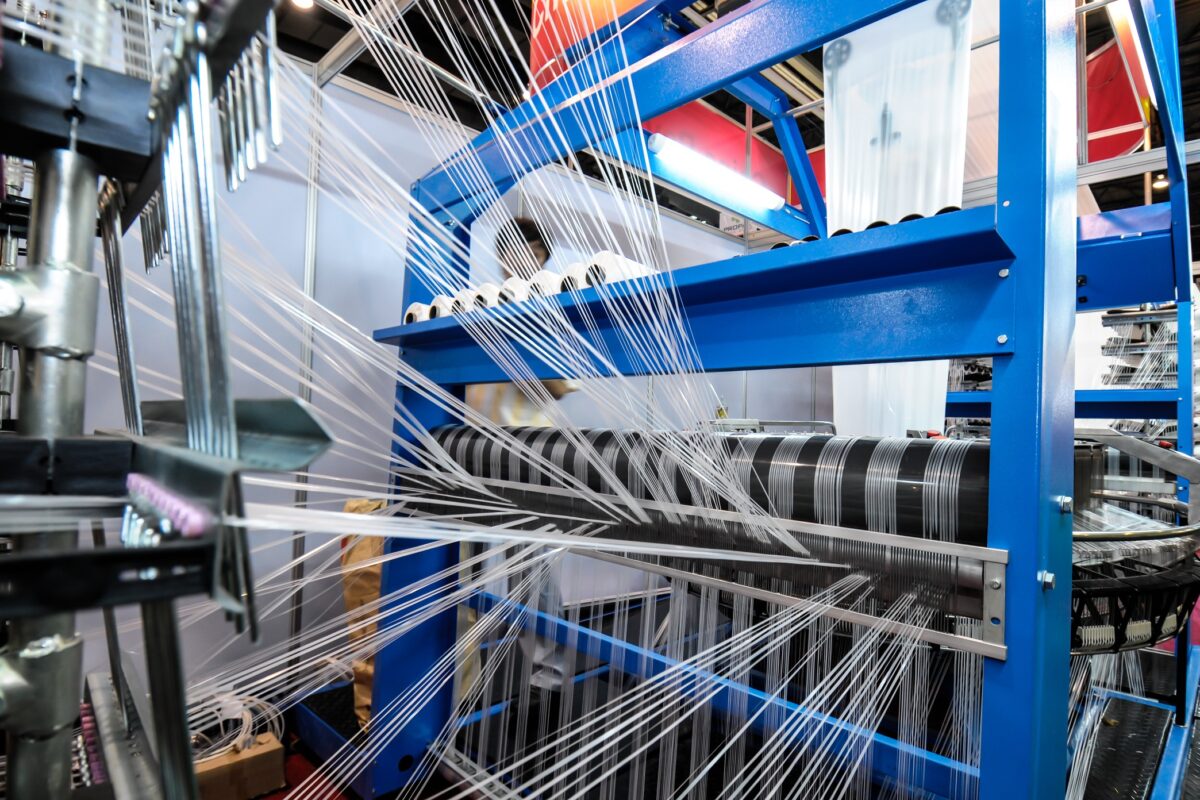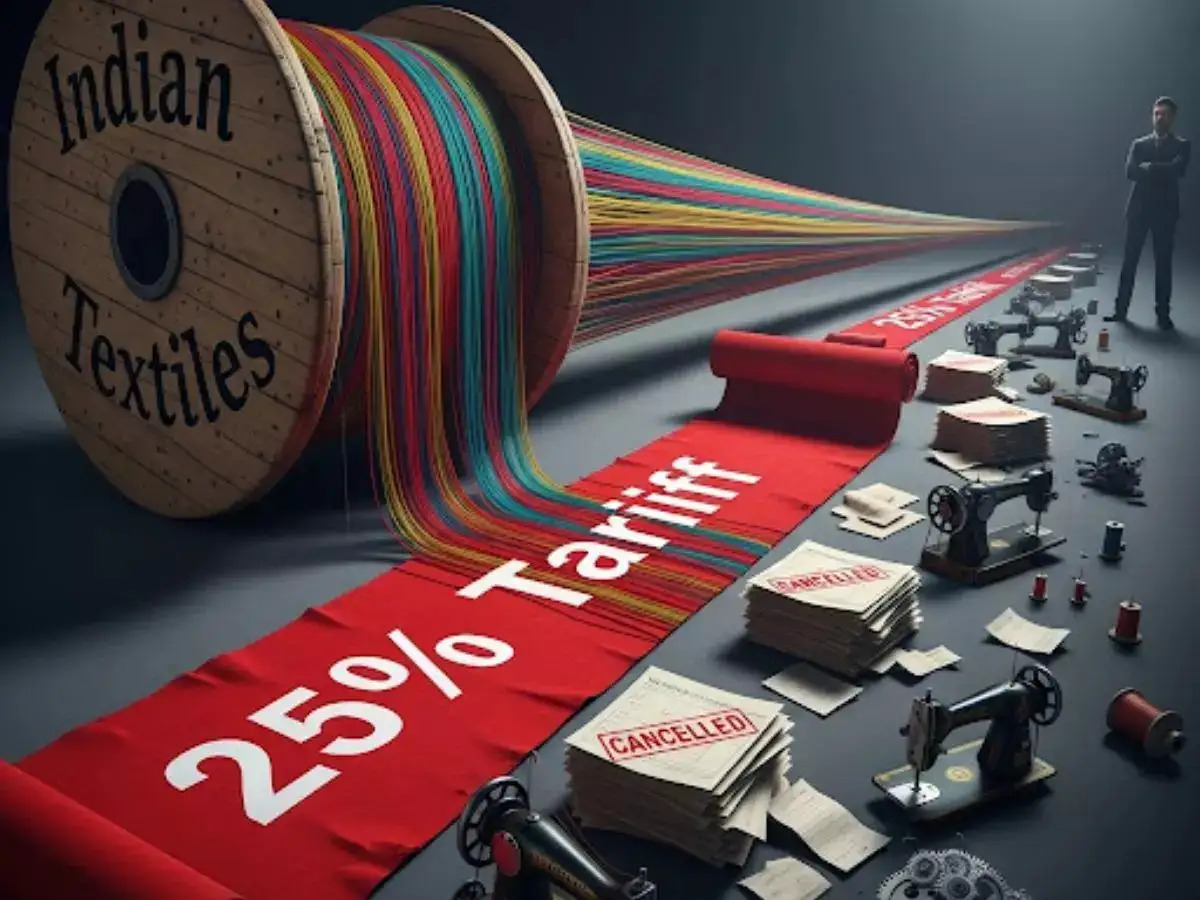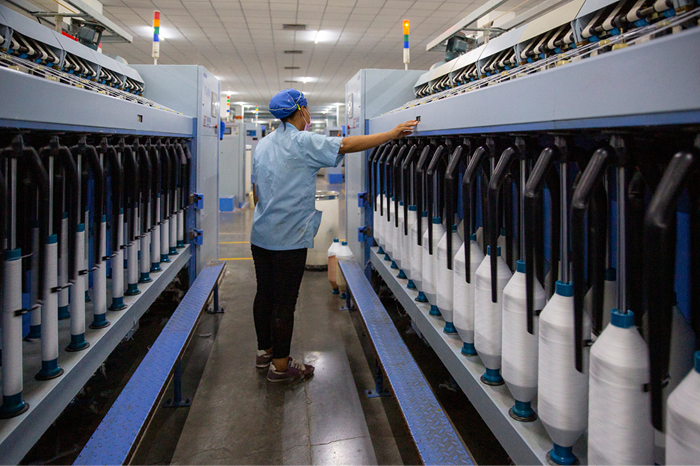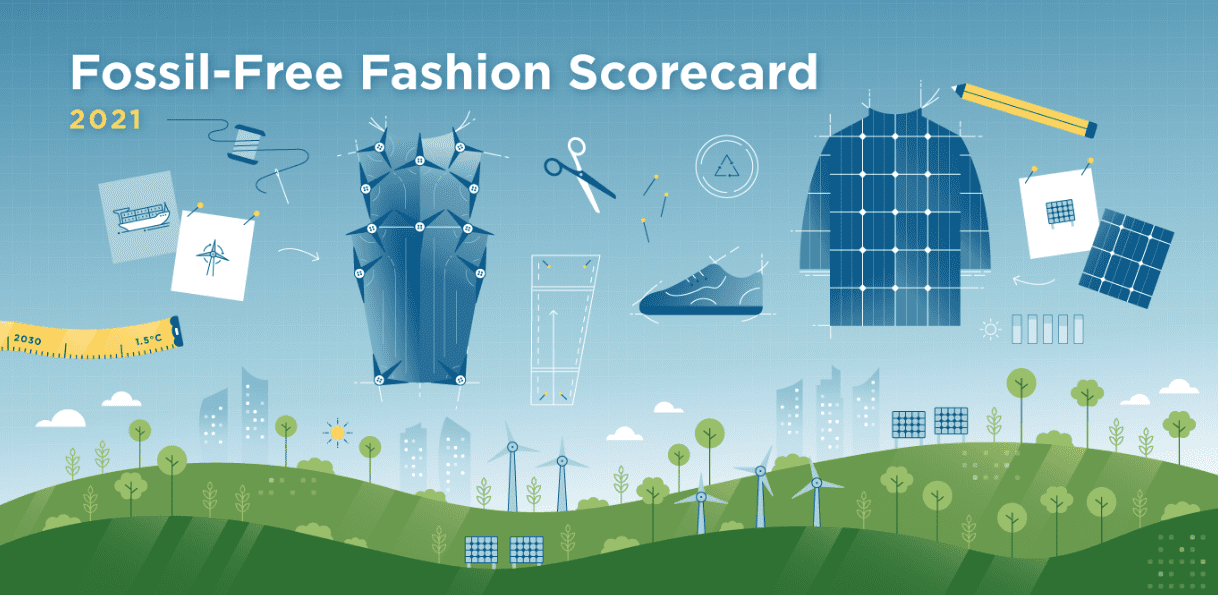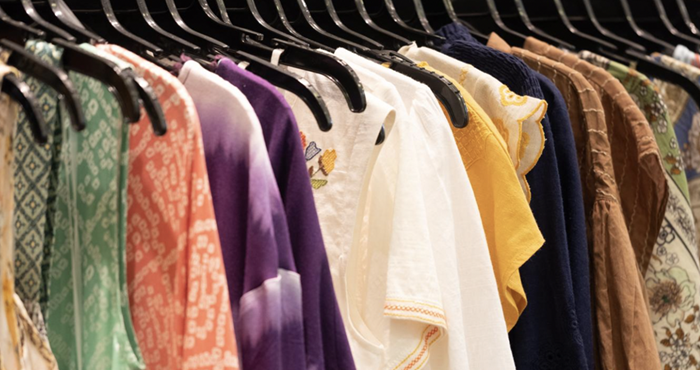For the third consecutive year, Turkey’s synthetic or artificial staple fiber yarn exports declined by 4 per cent to 106,000 tons in 2024. While overall export trends remained relatively flat, synthetic yarn exports had increased by their highest levels of 36 per cent Y-o-Y to 131,000 tons in 2021. Since 2022, however, export growth has struggled0 to regain momentum.
In value terms, in 2024, Turkey’s synthetic yarn exports declined to an estimated $605 million. Similar to volume, the overall export trend has been relatively flat. A significant growth spurt occurred in 2021 with a 58 per cent increase, reaching $759 million in 2022. However, exports have remained lower from 2023 to 2024.
The top destinations for Turkey's synthetic yarn exports in 2024 included the United States with exports of 13,000 tons, Italy with 13,000 tons exports, and Russia with 9,000 tons, Together, these three countries constituted 31 per cent of total exports. These were followed by Belarus, the UK, Georgia, Iran, Spain, and Germany, accounting for an additional 28 per cent.
Over the past decade, spanning 2014-2023, Georgia experienced the most significant export growth rate of +79.6 per cent, while other major destinations saw more moderate growth. In value terms, the leading markets were the United States ($100 million), Italy ($79 million), and the UK ($45 million), making up 34 per cent of total exports. Georgia again led in value growth with a CAGR of 82.5 per cent, with other destinations showing more modest increases.
Yarn (other than sewing thread) of synthetic staple fibers, not put up for retail sale, dominated exports at 69,000 tons. This category significantly outweighed yarn (not sewing thread) of man-made staple fibers, put up for retail sale. From 2014 to 2024, the volume of exports in this leading category increased by 3.0 per cent annually. Exports of other categories showed varying growth. For instance, exports of yarn, man-made staple fibers, put up for retail sale increased by 2.0 per cent annually, and exports of yarn (other than sewing thread) of artificial staple fibers, not put up for retail sale increased by -11.1 per cent per year.
In value, the top exported yarn types included yarn (other than sewing thread) of synthetic staple fibers, not put up for retail sale ($346 million); yarn (not sewing thread), of man-made staple fibers, put up for retail sale ($211 million); and yarn (other than sewing thread) of artificial staple fibres, not put up for retail sale ($48 million). The leading category saw the highest value growth (CAGR of +2.9 per cent from 2014-2024.
The average synthetic yarn export price in 2024 was $5,872 per ton (FOB, Turkey), a 2.1 per cent decrease from the previous year. While prices remained relatively flat overall, 2021 saw a 16 per cent increase in prices, peaking at $5,999 per ton in 2022 before declining slightly. Prices varied by destination, with the US having the highest price ($7,688 per ton) and Uzbekistan the lowest ($3,481 per ton). Brazil saw the highest price growth from 2014-2023 (+10.5 per cent), while other major destinations experienced more moderate growth.

